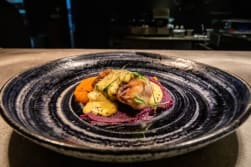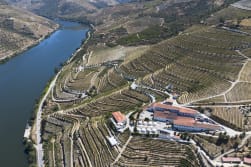The grape Harvest in the Douro: Traditions, Stories, Process, and Curiosities
The harvest season in the Douro is a magical and intense time, filled with traditions and stories that date back centuries. This region, renowned for producing Port wine and other high-quality wines, is completely transformed during the harvest period, as the slopes of the Douro valleys come alive with the grape harvest. Here, we explore the traditions, the harvest process, and some stories and curiosities that make this time such a special event.
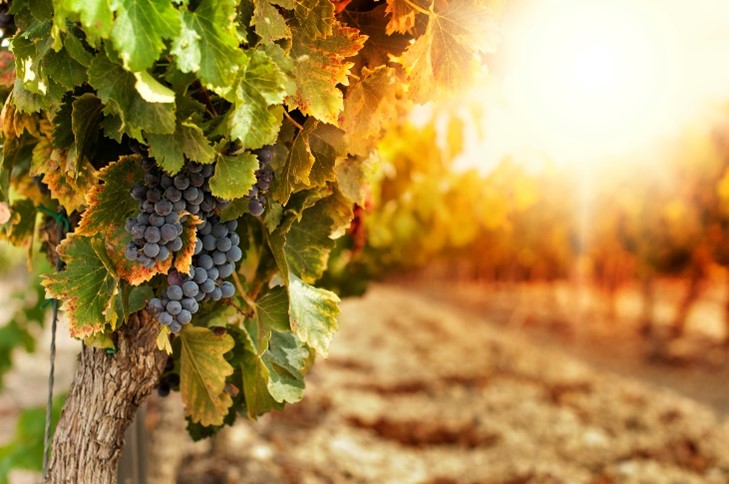
Harvest Traditions in the Douro
The harvest in the Douro is surrounded by traditions that have been passed down through generations. One of the most notable is crushing the grapes using their feet, an ancient practice still preserved in many estates in the region. After the grapes are harvested, they are placed in large stone tanks called "lagares," where they are crushed by groups of people. This practice not only helps to extract the grape juice gently, avoiding the breaking of seeds and releasing bitter tannins, but it also becomes a communal celebration, accompanied by traditional music and songs. Another tradition is the "harvest feast," where workers and families gather to share meals throughout the harvest journey. It is a moment of conviviality and celebration, reinforcing community bonds and the connection to the land.
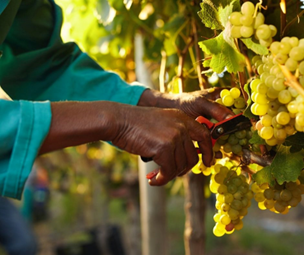
Harvest Stories
The history of the harvest in the Douro is filled with legends and tales that illustrate the importance of this activity for the region. One such story talks about the creation of Port wine, attributing the discovery to adding brandy to stabilize it, for English merchants in the 17th century. This practice not only helped preserve the wine during long sea voyages but also gave rise to the world-famous Port wine. Another interesting story involves the construction of the "socalcos," the famous terraced vineyards of the Douro. These terraces were created over centuries of hard work, transforming the steep valley slopes into cultivable land and allowing the vineyards to be grown on difficult terrain.
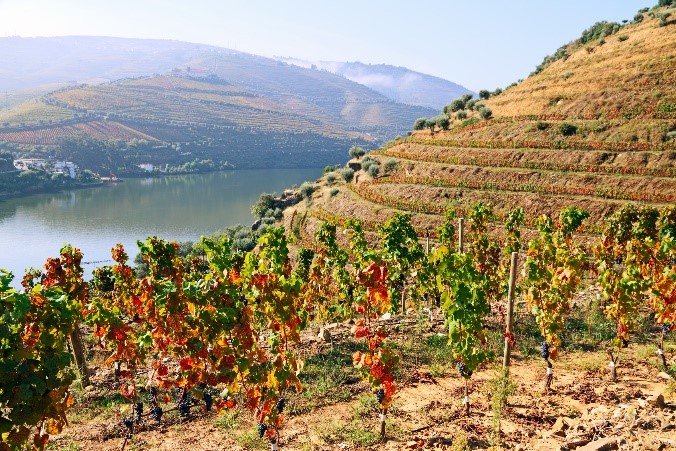
Harvest Process
The harvest process in the Douro usually begins at the end of August and can extend until October, depending on the weather conditions and the ripening of the grapes. The first step is the manual picking of the grapes, which are carefully selected to ensure the quality of the wine. After the harvest, the grapes are transported to the winery, where they are destemmed and crushed. In many places, foot treading is still used, especially in the production of high-quality wines. The resulting must is then fermented in the wine press, where alcoholic fermentation transforms the sugar in the grapes into alcohol.
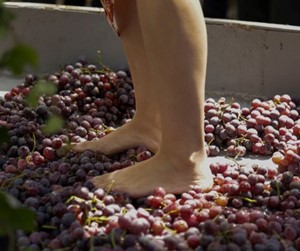
The harvest in the Douro is a living legacy to a rich and vibrant wine tradition, combining ancient techniques with the passion and effort of local communities. Participating in or simply observing this time of year is an unforgettable experience, allowing an appreciation of the depth of wine culture and history in the Douro region.
In 2001, the Alto Douro wine region was classified as a UNESCO World Heritage Site, recognizing its cultural and historical importance and the unique beauty of the landscape shaped by vineyards. Many Douro estates have histories dating back centuries, with some wineries still operating in historic buildings. These estates offer guided tours, allowing visitors to get up close with the production process and the history of the region's wine.
To experience these unique flavors and tones up close, join us on the Douro Valley and Wine tour.
